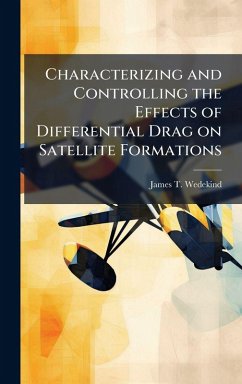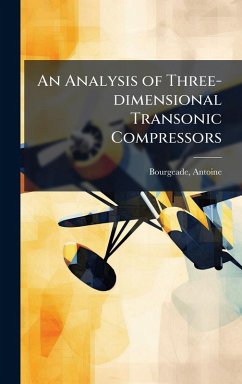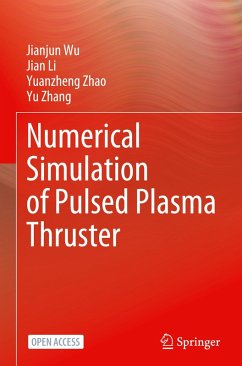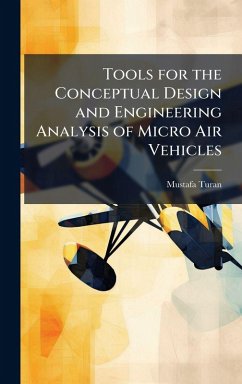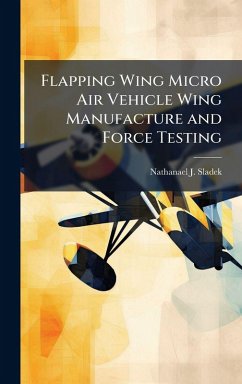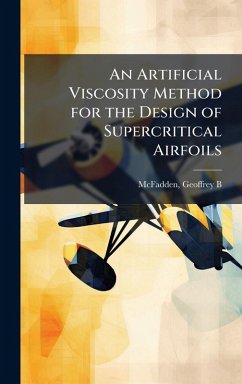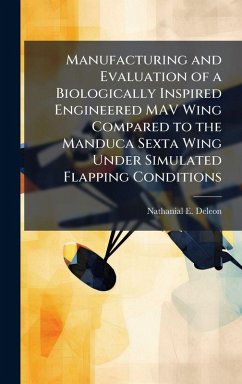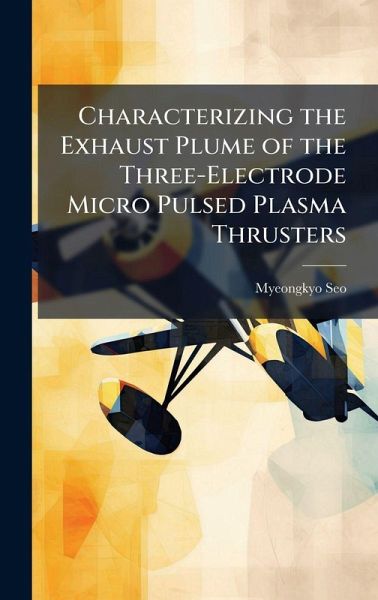
Characterizing the Exhaust Plume of the Three-Electrode Micro Pulsed Plasma Thrusters
Versandkostenfrei!
Versandfertig in über 4 Wochen
29,99 €
inkl. MwSt.
Weitere Ausgaben:

PAYBACK Punkte
15 °P sammeln!
Three-electrode micro-PPTs are a new version of two electrode micro-PPTs devices. Performance predictions and contamination expectations are essential characteristics needed by satellite designers. In order to focus on thruster specific impulse, thrust and efficiency, measuring the exhaust velocity or impulse bit and propellant consumption rate is essential. While this is not always possible to measure directly, focusing on the ejected mass from the PPT provides significant information allowing determination of these performance statistics. Specifically, focusing on exhaust angle distribution ...
Three-electrode micro-PPTs are a new version of two electrode micro-PPTs devices. Performance predictions and contamination expectations are essential characteristics needed by satellite designers. In order to focus on thruster specific impulse, thrust and efficiency, measuring the exhaust velocity or impulse bit and propellant consumption rate is essential. While this is not always possible to measure directly, focusing on the ejected mass from the PPT provides significant information allowing determination of these performance statistics. Specifically, focusing on exhaust angle distribution and velocity of the exhaust particles is the emphasis of this work. The results show that the three-electrode micro-PPT is more reliable than two-electrode micro-PPT and the operating energy range from 2 to 4.5 Joule is proper value to operate it. This research also shows that the angle distribution is similar to previous mass deposition distributions and the faster particles have shallower angles than that of slower particles. Finally, the energy did not give appreciable effect on angle and velocity distributions and have the Isp value range from 25 to 36 sec from the average exit velocity. This work has been selected by scholars as being culturally important, and is part of the knowledge base of civilization as we know it. This work was reproduced from the original artifact, and remains as true to the original work as possible. Therefore, you will see the original copyright references, library stamps (as most of these works have been housed in our most important libraries around the world), and other notations in the work. This work is in the public domain in the United States of America, and possibly other nations. Within the United States, you may freely copy and distribute this work, as no entity (individual or corporate) has a copyright on the body of the work. As a reproduction of a historical artifact, this work may contain missing or blurred pages, poor pictures, errant marks, etc. Scholars believe, and we concur, that this work is important enough to be preserved, reproduced, and made generally available to the public. We appreciate your support of the preservation process, and thank you for being an important part of keeping this knowledge alive and relevant.



